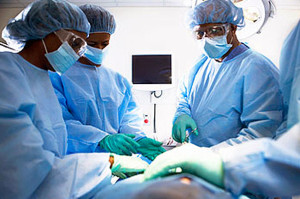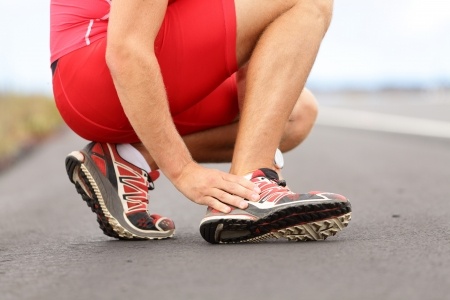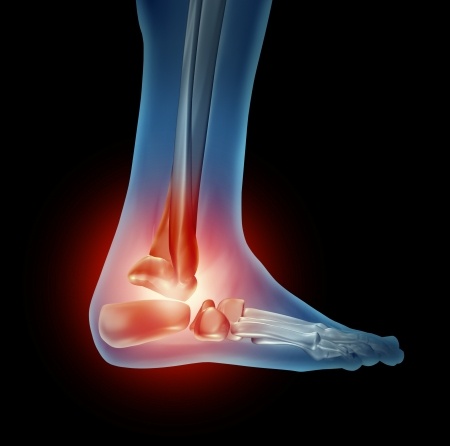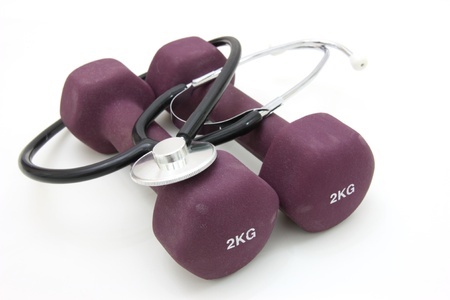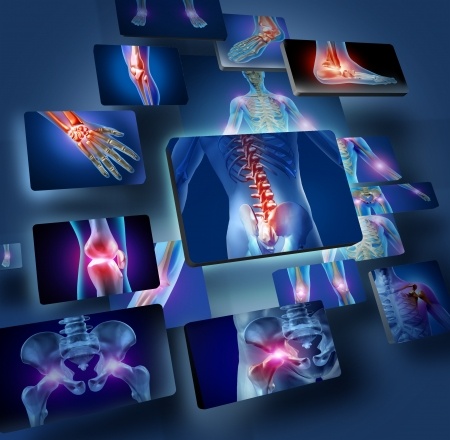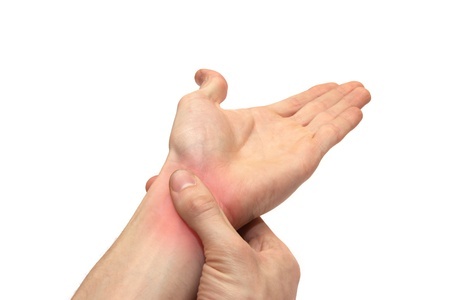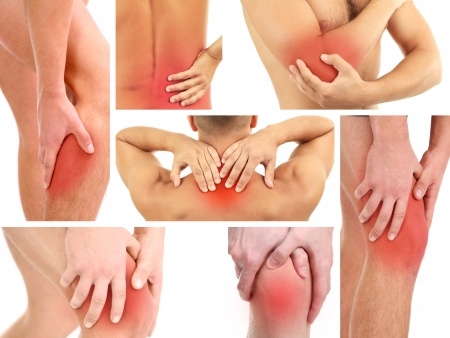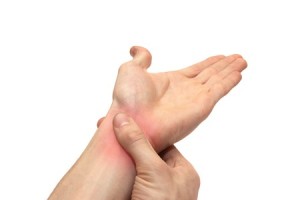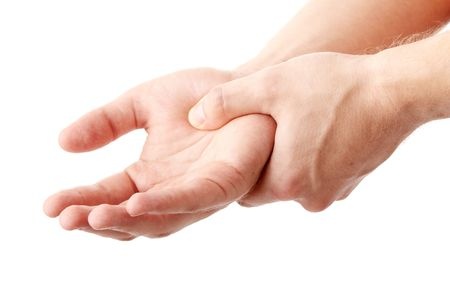Knee
Specialists
From walking to
participating in sports, each day millions of people make the decision to be
fit. The healthy choices may put extra strain on the body. When continuous
joint pain or an injury occurs, the task of finding the right ankle and knee
specialists may add to the frustration. An orthopedist treats issues dealing
with the musculoskeletal system including, joints, ligaments, muscles, and
tendons. In Huntington Beach, finding the right ankle and knee specialists may
take research.
One of the biggest factors to consider when seeking ankle
and knee specialists is the current health care provider. Each health insurance
provider has different guidelines and rules for medical care. The health
insurance representative will be able to send a potential patient a directory
of available doctors within the Huntington Beach area.
The doctors within the health care network will accept the
insurance for maximum coverage according to the policy’s guideline. Working
with the health insurance provider will help in reducing the out of pocket
costs for medical treatment. In some situations, surgery may cost thousands of
dollars. Working with the health care provider is beneficial for both medical
treatment and the final expenses.
Ask
the Family Doctor
With the complete medical history, the family doctor is a
major resource for recommending ankle and knee specialists. Ask for referrals
based on the individualized issues. The family doctor or the courteous staff
may be able to make the appointment with the specialist to help speed the
process along.
The Internet is a valuable resource tool for finding ankle
and knee specialist in the Huntington Beach area.
- Read online review boards to find out how other patients
with similar conditions viewed the doctor’s treatment and overall care
approach.
- Consult the American Medical Association and the American
Academy of Orthopedic Surgeons
- Check local resources and Huntington Beach directories.
- Check the potential new doctors’ websites to see if new
patients are being accepted.
Get
Referrals
Under most circumstances, a person has already needed the
expertise of knee and ankle specialists. Ask for referrals from friends, family
members, co-workers and others. When seeking out names, find out why the doctor
was the best for the treatment received. Each person will have reasons for
picking the doctor of their choice. If one doctor does not work for the type of
medical issue, a second opinion is available.
Huntington
Beach Knee Specialists
In the Huntington Beach area, Dr. Howard Marans will work
with each patient in an individualized manner to find the best treatment
program for the current medical condition. Starting with an accurate diagnosis
based on medical history, physical exam and testing, Dr. Marans will explain
all medical treatments available with the desired outcome for each option.
In most cases, he will start with a non-surgical approach to
allow a patient to return to normal, healthy activities with the shortest
amount of recovery time. When the injury or disease is too severe, Dr. Marans
will explain the need for surgery to correct the issue. Along with the
expectations the procedure will provide in the treatment process.
Dr. Marans accepts PPO and works with other insurance companies
to give each patient a chosen medical treatment program without creating a
financial hardship. Please click below to schedule your consultation or call us
at 714.979.8981
